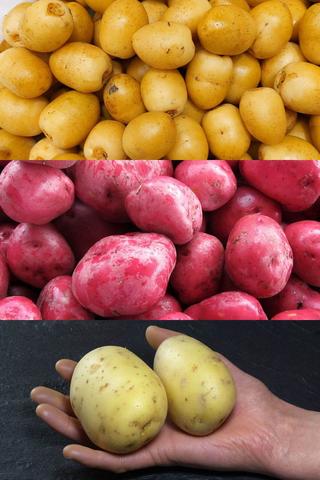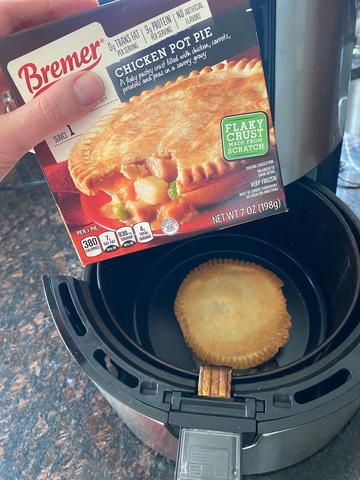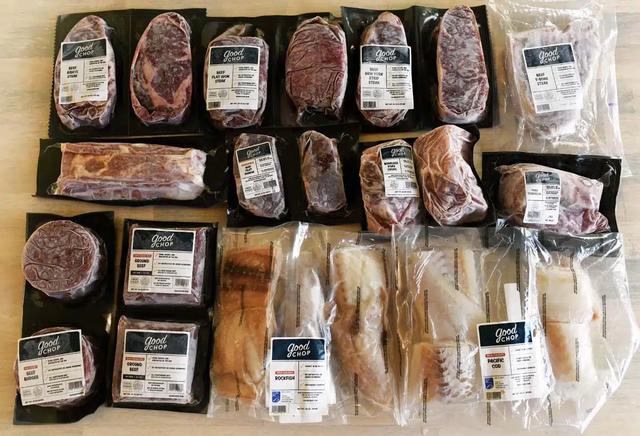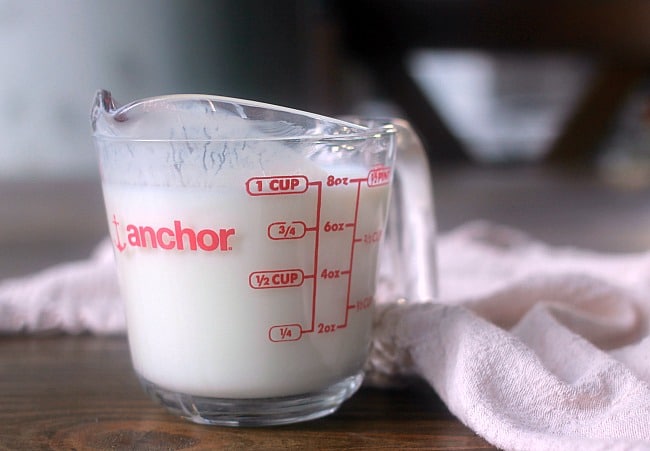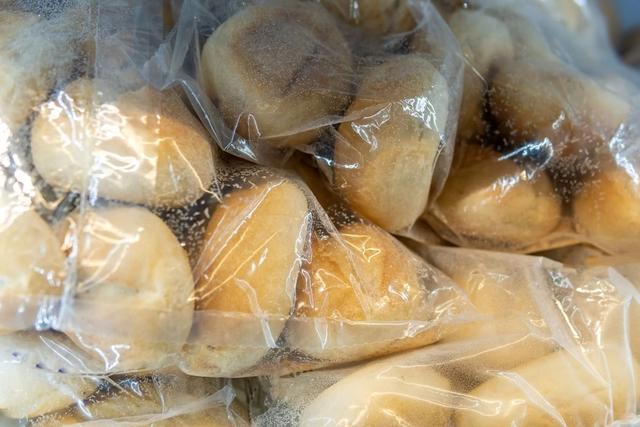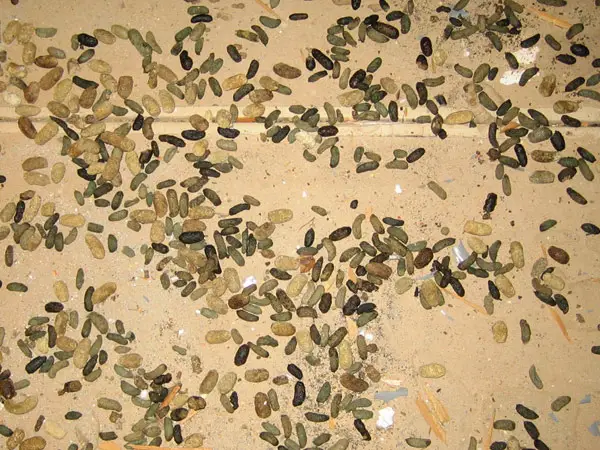
Squirrel poop resembles small, dark brown pellets, about the size of a small bean. Each pellet is oval-shaped and smooth.
Squirrel droppings are often confused with those of other rodents. Recognizing squirrel feces is crucial for identifying infestations. Squirrel poop is typically found in attics, garages, and near trees. These droppings can indicate the presence of squirrels in your home.
Squirrel feces may carry diseases, so handling them requires caution. Regularly inspect your property for signs of squirrel activity. Maintaining a clean environment helps prevent squirrel infestations. Properly sealing entry points can keep squirrels out. Understanding what squirrel poop looks like aids in timely pest control. Identifying these droppings can protect your home and health.
Introduction To Squirrel Droppings
Squirrel droppings, often found in attics or gardens, are small and cylindrical. Identifying these droppings can help in dealing with pest issues. Understanding the appearance of squirrel droppings is crucial for proper pest control.
Common Misconceptions
Many people confuse squirrel droppings with rat or mouse droppings. Squirrel droppings are usually larger and have rounded edges. Unlike rat droppings, which are pointed, squirrel droppings are blunt. This difference is key for proper identification.
Why Identification Matters
Identifying squirrel droppings helps in implementing effective pest control measures. Proper identification ensures the use of appropriate methods and prevents unnecessary stress. It also helps in maintaining a healthy environment by addressing the issue promptly.
| Type of Dropping | Shape | Size | Edges |
|---|---|---|---|
| Squirrel | Cylindrical | Small | Rounded |
| Rat | Cylindrical | Small | Pointed |
| Mouse | Cylindrical | Smaller | Pointed |
- Squirrel droppings are small, cylindrical, and have rounded edges.
- Rat droppings are small, cylindrical, and have pointed edges.
- Mouse droppings are smaller and also have pointed edges.
Recognizing these differences is vital for effective pest management. Proper identification helps in selecting the right pest control methods.
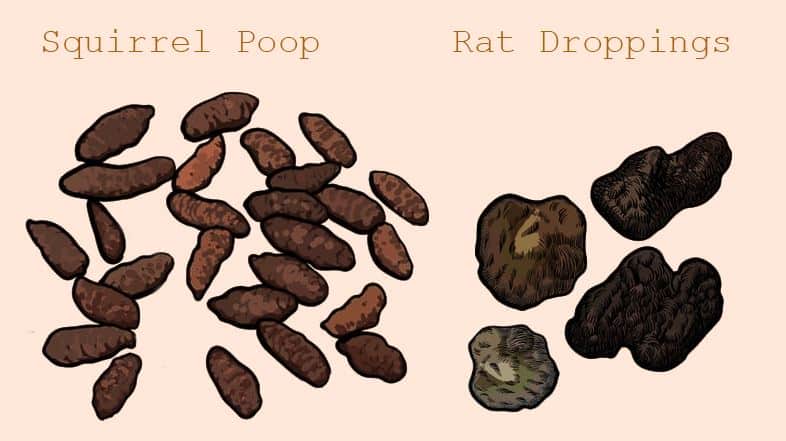
Credit: www.wildliferemovalservicesofflorida.com
Physical Characteristics
Understanding the physical characteristics of squirrel droppings can help identify their presence. Squirrel feces have specific traits that make them identifiable. Let’s dive into the details.
Size And Shape
Squirrel droppings are typically small and cylindrical. They measure about 1/8 to 1/4 inch in length. The ends of the pellets are usually rounded, making them appear like tiny barrels. This shape helps differentiate them from other rodent droppings.
Color Variations
The color of squirrel feces can vary depending on their diet. Fresh droppings are usually a dark brown or black color. As they age, they can become lighter, turning to a pale brown or even a whitish color. This color change can help determine the age of the droppings.
| Characteristic | Description |
|---|---|
| Size | 1/8 to 1/4 inch long |
| Shape | Cylindrical with rounded ends |
| Fresh Color | Dark brown or black |
| Aged Color | Pale brown to whitish |
Identifying these characteristics can help confirm squirrel activity in an area. Keep an eye out for these signs to manage their presence effectively.
Comparison With Other Animals
Identifying squirrel droppings can be tricky. They often get confused with droppings from other animals. This section will help you distinguish between squirrel droppings and those from rats and rabbits.
Rat Vs. Squirrel Droppings
Rat droppings are usually black and shiny. They are about the size of a raisin. Squirrel droppings are brown and have a slight curve. Here is a simple table for quick comparison:
| Animal | Color | Size | Shape |
|---|---|---|---|
| Rat | Black | About 1/2 inch | Oval, shiny |
| Squirrel | Brown | About 1/2 inch | Curved, dull |
Key differences: Rat droppings are shiny and black. Squirrel droppings are dull and brown.
Rabbit Vs. Squirrel Droppings
Rabbit droppings are round and small. They are usually light brown. Squirrel droppings are cylindrical and slightly curved. Here’s a comparison:
| Animal | Color | Size | Shape |
|---|---|---|---|
| Rabbit | Light Brown | About 1/4 inch | Round |
| Squirrel | Brown | About 1/2 inch | Cylindrical, curved |
Key differences: Rabbit droppings are round and small. Squirrel droppings are larger and cylindrical.

Credit: www.youtube.com
Where To Find Squirrel Droppings
Squirrels are common in many areas, both urban and rural. Their droppings can provide clues to their presence. Knowing where to find squirrel droppings can help in identifying an infestation. Below are some common locations to check.
Outdoor Locations
Squirrels often leave droppings in outdoor areas. You may find their droppings in the following places:
- Gardens: Squirrels often visit gardens for food.
- Under Trees: Droppings can be found under trees where squirrels nest.
- Near Bird Feeders: Squirrels are attracted to bird feeders and may leave droppings nearby.
- Attic Vents: If squirrels access your attic, droppings may be near vents.
Outdoor squirrel droppings are small and dark. They resemble small pellets and can blend with soil.
Indoor Locations
Indoor spaces can also harbor squirrel droppings. Look for droppings in these areas:
- Attics: Squirrels often nest in attics, leaving droppings behind.
- Basements: Squirrels may enter basements through small openings.
- Garages: Droppings can be found in garages, especially in corners.
- Chimneys: Squirrels sometimes enter homes through chimneys, leaving droppings inside.
Indoor squirrel droppings might be easier to spot. They can be found near nests or food sources.
Understanding these locations can help identify squirrel infestations. Early detection can prevent damage to your property.
Health Risks
Understanding the health risks associated with squirrel droppings is crucial. Squirrel feces can pose several dangers to humans and pets. Let’s explore the potential diseases and safety precautions.
Potential Diseases
Squirrel droppings can carry various diseases. These diseases can affect humans and pets. Here are some common ones:
- Leptospirosis: Bacteria in urine and feces cause this. It can lead to kidney damage and liver failure.
- Salmonellosis: This bacterial infection causes food poisoning. Symptoms include diarrhea, fever, and cramps.
- Lyme Disease: Ticks on squirrels carry this. It leads to severe health issues if untreated.
Safety Precautions
Taking safety precautions can reduce the risks of these diseases. Here are some steps to follow:
- Wear gloves: Always wear gloves when handling squirrel droppings.
- Use disinfectants: Clean the area with a strong disinfectant.
- Wash hands: Wash your hands thoroughly after cleaning.
- Keep pets away: Ensure pets do not come into contact with droppings.
- Seek medical advice: Consult a doctor if you feel unwell after exposure.
These precautions can help keep you and your family safe. Be vigilant and maintain cleanliness to avoid health risks.
Cleaning And Disposal
Identifying and cleaning squirrel droppings can be a challenging task. Squirrel feces can pose health risks, so proper cleaning and disposal are crucial. This section will guide you through safe removal methods and provide tips for preventing reoccurrence.
Safe Removal Methods
Always wear protective gear when dealing with squirrel droppings. Gloves and a mask are essential. Here are some steps to follow:
- Put on rubber gloves and a mask to protect yourself.
- Use a plastic scoop to collect the droppings.
- Place the droppings in a sealed plastic bag.
- Dispose of the sealed bag in an outdoor trash bin.
- Clean the affected area with a disinfectant solution.
Never sweep or vacuum the droppings. This can spread harmful particles in the air. Use a damp cloth to wipe surfaces clean.
| Tool | Purpose |
|---|---|
| Rubber Gloves | Protects hands from contamination |
| Mask | Prevents inhalation of harmful particles |
| Plastic Scoop | Safely collects droppings |
| Sealed Plastic Bag | Ensures safe disposal |
| Disinfectant Solution | Sanitizes affected area |
Preventing Reoccurrence
To prevent future squirrel infestations, follow these tips:
- Seal any entry points in your home.
- Trim tree branches near your roof.
- Install chimney caps and vent covers.
- Keep bird feeders away from the house.
- Store food in airtight containers.
Regular inspections can help identify potential entry points. Address these promptly to keep squirrels out.
Using Technology For Identification
Identifying squirrel droppings can be tricky. Thankfully, technology helps us. With the right tools, anyone can identify animal waste with ease.
Apps And Tools
Several apps help identify animal droppings. These apps use photos to match droppings. iNaturalist and Seek by iNaturalist are popular choices. Users upload photos, and the app suggests possible matches.
Another useful tool is Scat ID Guide. It focuses on animal droppings. It offers detailed descriptions and images for comparison. These tools make it easy to identify squirrel droppings.
| App Name | Features |
|---|---|
| iNaturalist | Photo matching, community verification |
| Seek by iNaturalist | Photo identification, easy to use |
| Scat ID Guide | Detailed descriptions, image comparisons |
Expert Consultations
Sometimes, apps might not be enough. This is where experts come in. Wildlife experts can identify droppings accurately. They have the knowledge and experience needed.
Many experts offer online consultations. Platforms like JustAnswer connect users with professionals. Users can upload photos and get expert advice quickly.
Using technology and expert help, identifying squirrel droppings becomes simple. It ensures accurate results and peace of mind.
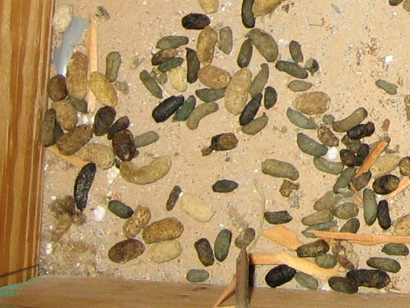
Credit: wildliferemovalusa.com
Frequently Asked Questions
What Does Squirrel Poop Look Like?
Squirrel droppings resemble small pellets, about half an inch long, and are often dark brown in color. They can vary in shape, depending on the squirrel’s diet, but generally have a smooth texture.
How To Identify Squirrel Feces?
Squirrel feces can be identified by their small size, cylindrical shape, and distinct dark coloration. They are commonly found in concentrated areas near food sources or nesting sites.
Is Squirrel Poop Dangerous To Humans?
While squirrel droppings can carry diseases like salmonella, they are not usually a significant health risk to humans. However, it’s important to avoid direct contact with squirrel feces and practice proper hygiene when cleaning up.
Why Do Squirrels Defecate In Certain Areas?
Squirrels tend to defecate in specific areas, known as latrines, to mark their territory and communicate with other squirrels. These communal sites help establish boundaries and social hierarchies among squirrel populations.
Conclusion
Identifying squirrel droppings is key to pest management. Understanding their appearance aids in prevention. Stay alert for small, cylindrical pellets resembling rice grains. Their presence signals squirrel activity. By recognizing these droppings, you can address potential infestations promptly. Stay informed and protect your home.
Learn More About Grilling
If you want to learn more about grilling, check out these other helpful resources!

